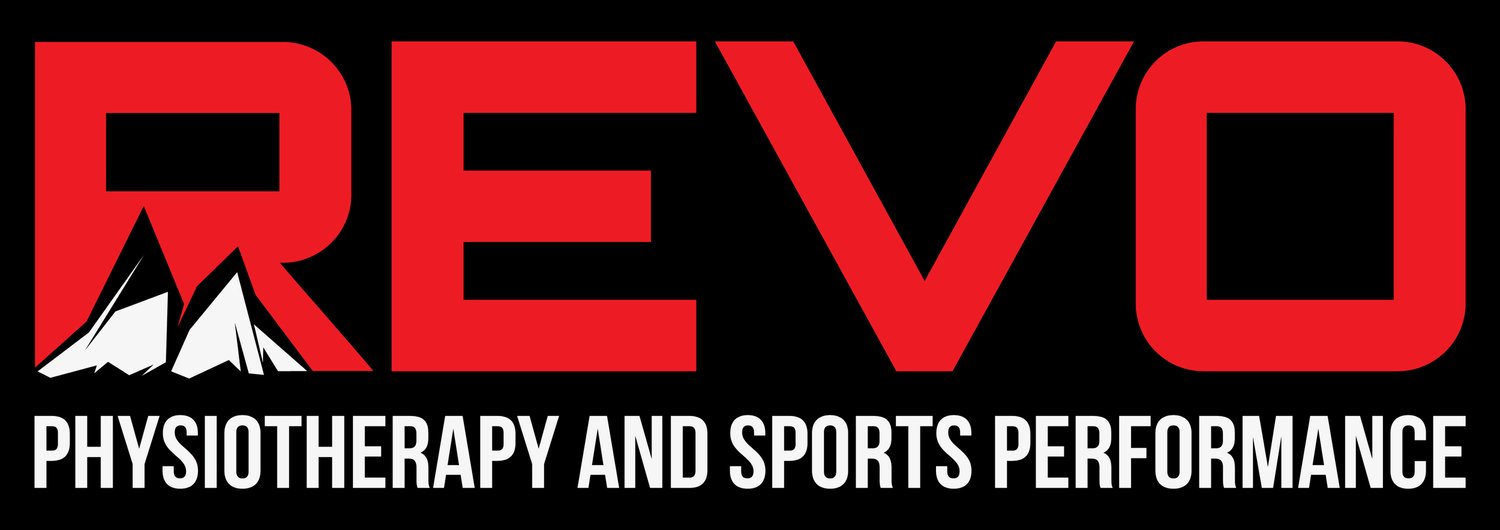PNF: Your Stretching Secret Weapon
Written by Matthew Sellen
When it comes to flexibility, we often turn to the familiar realm of static stretching. However, there's a lesser-known technique that has been gaining recognition for its superior effectiveness—Proprioceptive Neuromuscular Facilitation (PNF). In this blog post, we'll delve into why PNF stretching stands out as the preferred choice over static stretching and how it can be your key to unlocking unparalleled flexibility.
The PNF Advantage:
Dynamic Adaptability: Unlike static stretching, where a muscle is elongated and held for an extended period, PNF involves a dynamic process. The combination of isometric contractions and relaxation allows the muscle to adapt and adjust in real-time, promoting a more responsive stretch.
Neuromuscular Engagement: PNF taps into the neuromuscular system, engaging both the muscles and the nervous system. The isometric contractions stimulate neural pathways, enhancing the communication between the brain and muscles. This heightened connection contributes to improved muscle control and flexibility.
Deeper and Longer-lasting Stretch: PNF's unique approach of incorporating both contraction and relaxation phases leads to a more profound stretch. The muscle fibers, having been actively engaged, become more pliable and responsive, resulting in a stretch that reaches beyond what static stretching can achieve. Additionally, the benefits of PNF stretching have been shown to last longer, providing sustained improvements in flexibility.
Functional Flexibility: PNF is renowned for promoting functional flexibility— the kind of flexibility that translates directly into improved movement and performance. Athletes, in particular, can benefit from PNF stretching as it mimics the dynamic demands of various activities, making it more applicable to real-life movements.
Efficient Use of Time: PNF sessions can be more time-efficient compared to traditional static stretching routines. Achieving a deeper stretch in a shorter amount of time makes PNF an attractive option for those with busy schedules, allowing for effective flexibility training without lengthy time commitments.
Incorporating PNF into Your Routine: To experience the transformative power of PNF stretching, consider integrating it into your routine using the following steps:
Isometric Contraction (5 seconds): Engage the targeted muscle group with a brief isometric contraction, activating the neuromuscular response.
Relaxation Phase (10 seconds): Release the contraction and gently move into a stretch, taking advantage of the increased flexibility.
Agonist-Contract (5 seconds): Contract the opposing muscle group to enhance the stretch further.
Repeat this process for a few sets, ensuring controlled movements and gradual progression. Here’s a demonstration for you!
In the realm of flexibility training, PNF stretching emerges as a game-changer, offering benefits that surpass traditional static stretching. Its dynamic adaptability, neuromuscular engagement, and efficiency make it a superior choice for those seeking profound and lasting improvements in flexibility. Take the leap into PNF stretching, and discover a new dimension of flexibility that goes beyond the limits of static methods.

